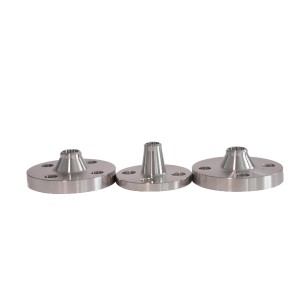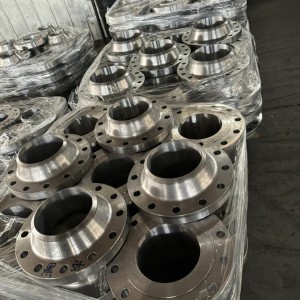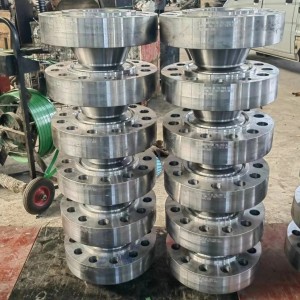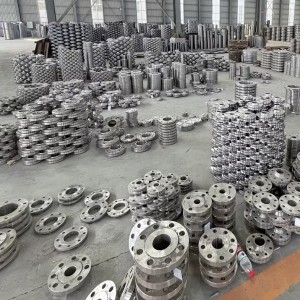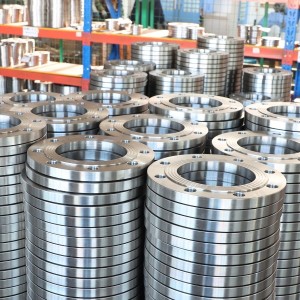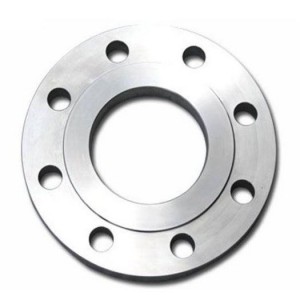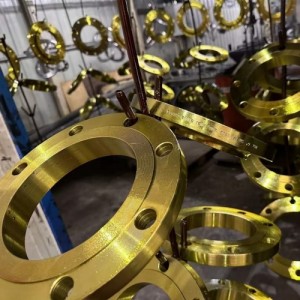Butt welding flange



A butt welding flange (also called a weld-neck flange) is a type of pipe flange designed to be welded to a pipe or fitting using a butt weld (a circumferential weld around the neck of the flange). It is widely used in high-pressure and high-temperature piping systems due to its strength, durability, and leak-proof connection.
Key Features of Butt Welding Flanges
- Weld Neck Design
- Has a tapered hub that provides reinforcement and reduces stress concentration.
- The smooth transition from flange thickness to pipe wall thickness improves flow characteristics.
- High Strength & Durability
- Suitable for extreme conditions (high pressure, high/low temperature, corrosive environments).
- Commonly used in oil & gas, chemical plants, power generation, and shipbuilding.
- Leak-Resistant Connection
- The butt weld ensures a strong, permanent joint with minimal risk of leakage.
- Compatibility with Various Standards
- ASME/ANSI B16.5 (Standard for flanges up to 24″)
- ASME B16.47 (Large-diameter flanges)
- EN 1092-1 (European standard)
- MSS SP-44, API 6A (Specialized applications)
Types of Butt Welding Flanges
| Type | Description | Common Applications |
|---|---|---|
|
Standard Weld Neck Flange |
Most common type, used in general piping systems. |
Oil & gas, chemical processing. |
|
Long Weld Neck Flange (LWN) |
Extended neck for better reinforcement in high-stress areas. |
Pressure vessels, reactors. |
|
High Hub Flange |
Taller hub for additional strength in critical applications. |
Power plants, refineries. |
Materials Used
Butt welding flanges are available in various materials, including:
- Carbon Steel (ASTM A105) – General-purpose use.
- Stainless Steel (SS 304, SS 316) – Corrosion-resistant applications.
- Alloy Steel (ASTM A182 F11, F22) – High-temperature & high-pressure services.
- Duplex & Super Duplex (UNS S31803, S32750) – Extreme corrosion resistance.
Advantages Over Other Flange Types
✔ Stronger than slip-on or socket weld flanges (better for high-pressure systems).
✔ Better fatigue resistance due to the tapered hub.
✔ Smoother fluid flow (no internal crevices).
✔ Longer service life in harsh conditions.
Common Applications
- Oil & Gas Pipelines
- Chemical & Petrochemical Plants
- Power Generation (Steam, Boilers)
- Water Treatment Systems
- Shipbuilding & Offshore Platforms
Conclusion
Butt welding flanges are essential for high-integrity piping systems where strength, durability, and leak-proof performance are critical. Their design ensures reliable performance in demanding industrial environments.
Mila



